The History of Burkinis: From France’s 2016 Ban to Miss Pakistan 2023 Erica Robin’s Change-making Swimsuit Look
- Oops!Something went wrong.Please try again later.
- Oops!Something went wrong.Please try again later.
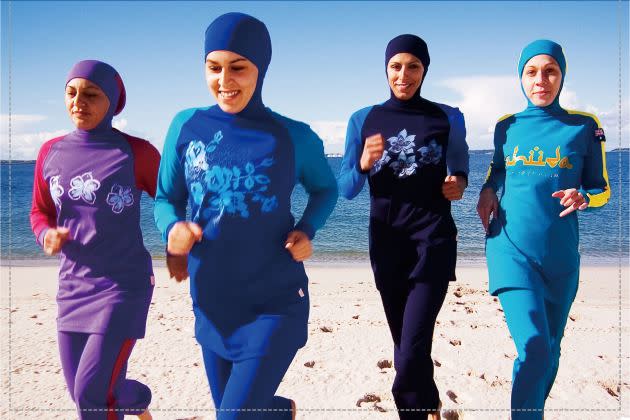
The Miss Universe 2023 pageant, held on Saturday in San Salvador, El Salvador, saw some history-making moments, including the debut of a delegate from Pakistan, Erica Robin, who was the first woman to compete in the swimsuit round wearing a burkini.
During the competition, Robin made it to the top 20 finalists and wore a baby pink burkini featuring a shimmery metallic neckline. The modest silhouette was introduced by Rubin Singer, who collaborated with the Miss Universe Organization on swimwear as part of the pageant company’s entry into merchandising.
More from WWD
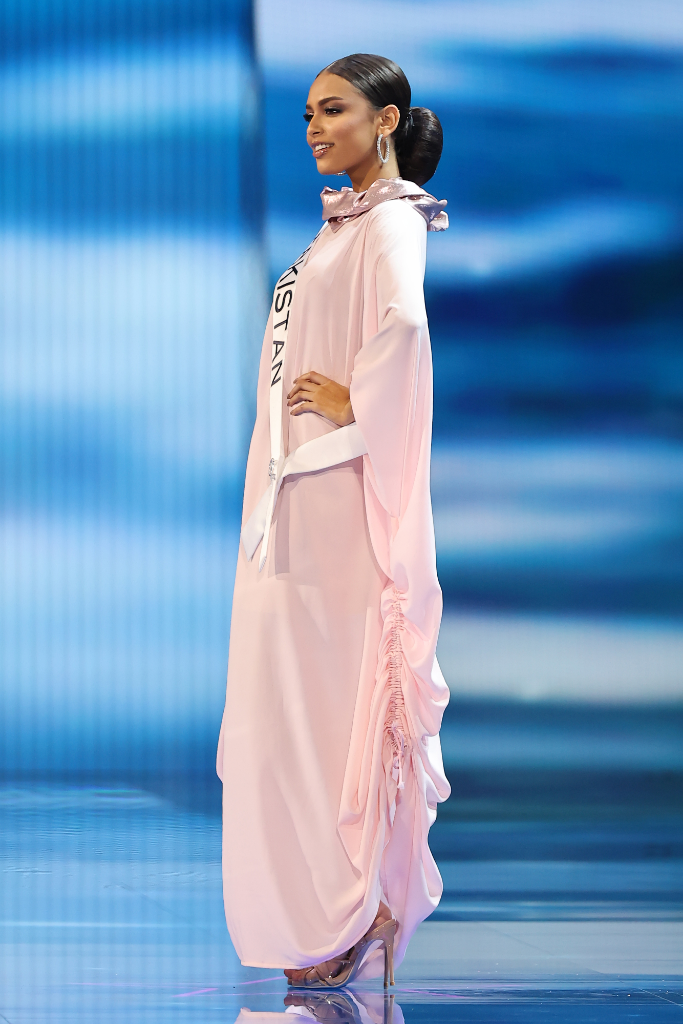
While the crowd applauded the body-concealing swimsuit, burkinis have been a target of controversy in the past.
The history of the burkini
The word burkini is a portmanteau of burka and bikini. The covered-up swimwear gained visibility in the market in 2004 after Aheda Zanetti, a Lebanese Australian Muslim, popularized the modest silhouette as one of the first designers to produce the swimwear commercially.
Zanetti’s burkinis adhere to the principles of the Islamic dress code and have obtained official endorsement from the Islamic community to promote the involvement of girls and women in sports activities. While some burkinis allow for the head and hair to be shown, many are designed with a hijab to cover everything but the face, hands and feet.
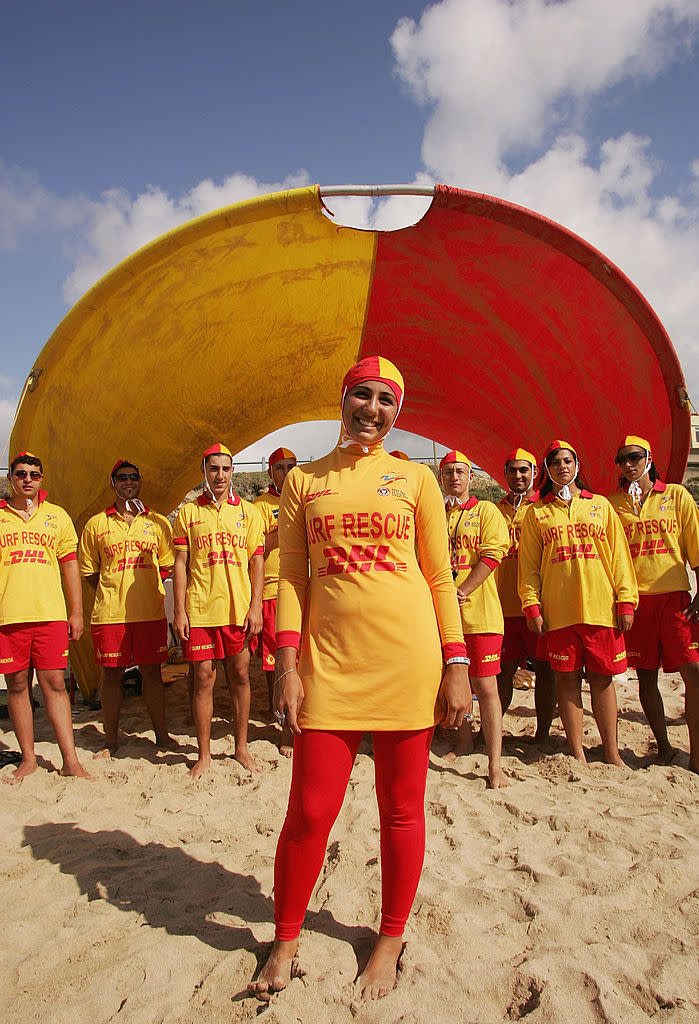
“I have two daughters. We wanted them to participate in activities. I wanted them to be able to choose — that includes if they choose to wear a veil or hijab at all. And if they do so, that they would have something to wear without a second thought. It has to fit within our Australian lifestyle — which is surf, water, sun, beaches and bikinis. I wanted to blend in and not be identified as Muslim or non-Muslim,” Zanetti told WWD in 2016.
The burkini gained significant attention until Surf Lifesaving Australia started a program to promote diversity and acceptance on Sydney’s beaches by recruiting Muslim lifeguards in the 2000s. The swimwear’s style popularity increased in tandem with racial tensions in the country — in 2005, Sydney’s Cronulla Beach was threatened by race riots that targeted people of Middle Eastern appearance. In 2007, Zanetti designed a special yellow and red burkini for female Muslim lifeguards.
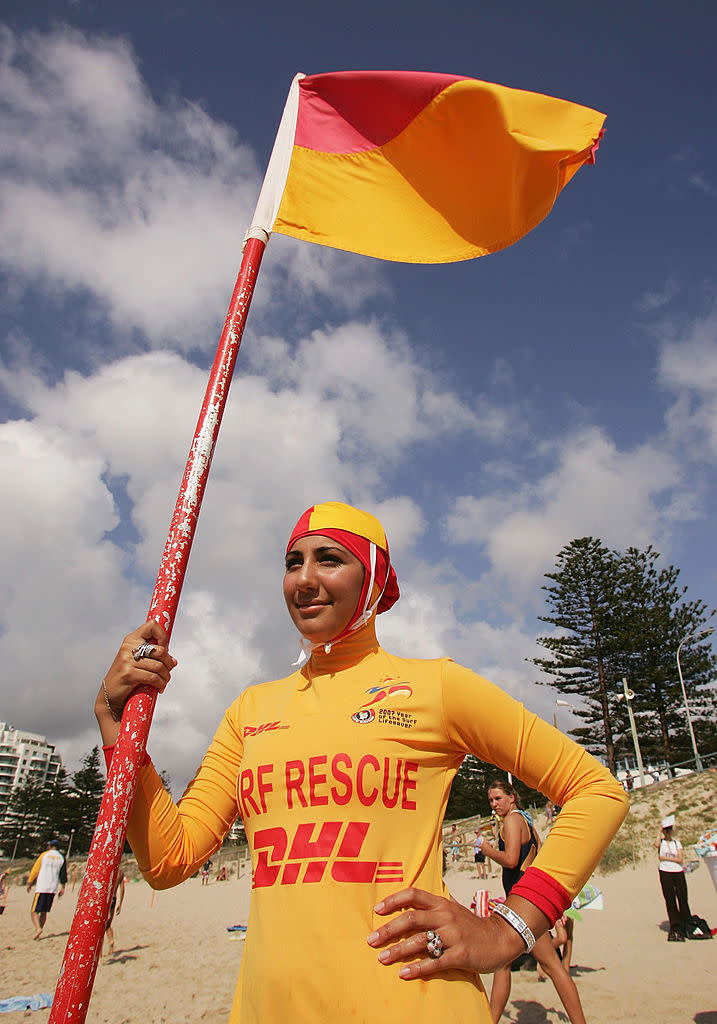
Following the introduction of the burkini by Zanetti’s brand Ahiida, other brands have come out with their own offerings, some with an attached or detached hood.
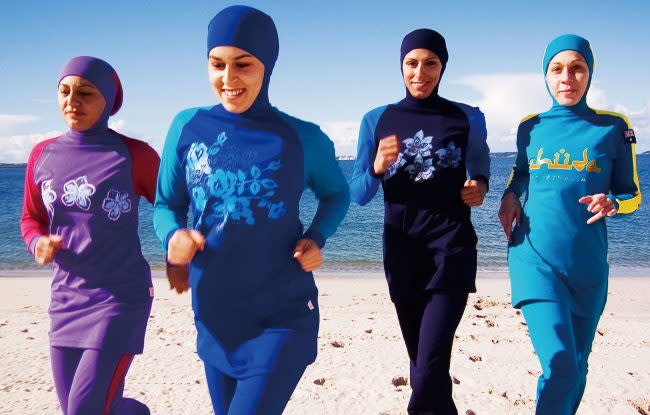
Burkini backlash and controversy
In 2016, several of France’s seaside towns, including Cannes and Nice, banned burkinis, with former Prime Minister Manuel Valls declaring them tantamount to “woman’s enslavement” and “not compatible with the values of France and the Republic.” The strict clothing rules applied to public pools and beaches run by the state.
Women working in the Islamic fashion industry expressed disappointment around the decision. “The burkini was intended to integrate and bring people together. To give them the freedom of choice to wear something modest if they choose to be modest for whatever reason they need to be modest for. It should be happy and positive. It is turning something meant to give women the freedom of participating in health and fitness into a negative thing,” Zanetti said in 2016.
The French city of Grenoble tried to appeal the ban in 2022, permitting the use of all kinds of swimsuits. However, the prefect for the Grenoble region blocked the decision, claiming that it was not in line with France’s secular ideals. The case was taken to the higher court that upheld the ban.
Nike’s burkinis
In 2019, Nike debuted its line of full-coverage suits featuring a hijab. The decision to market modest swimwear came after a group of Nike designers went on a research trip spanning several countries. The trip included a stop in Southeast Asia, where the designers realized adult women were not swimming at the local pools or in the ocean.
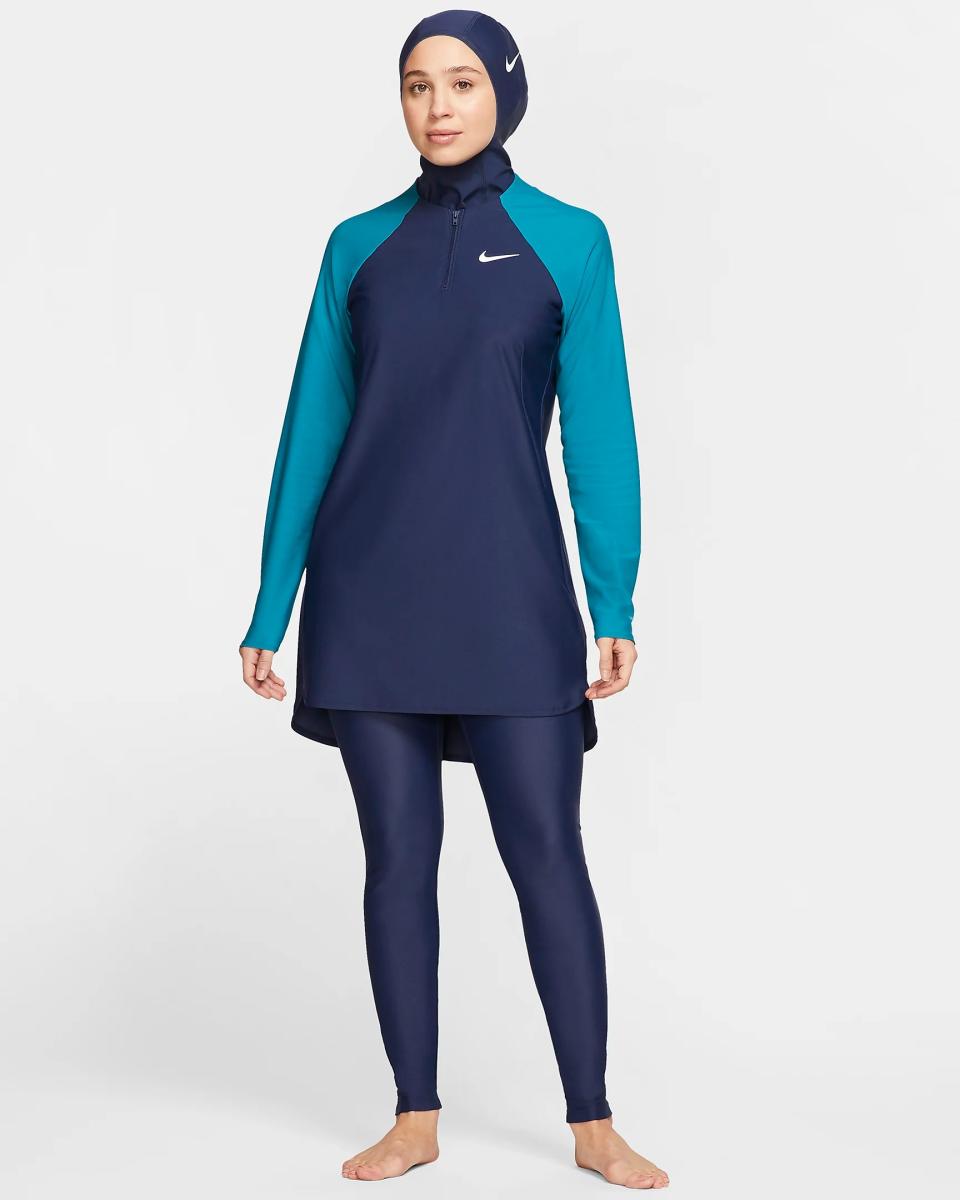
Miami Swim Week
In 2019, model Halima Aden hit the runway at the Sports Illustrated Swimsuit show wearing a custom-designed Cynthia Rowley burkini during Miami Swim Week. Aden was the first woman to pose in a burkini for Sports Illustrated’s swimsuit issue 2016.
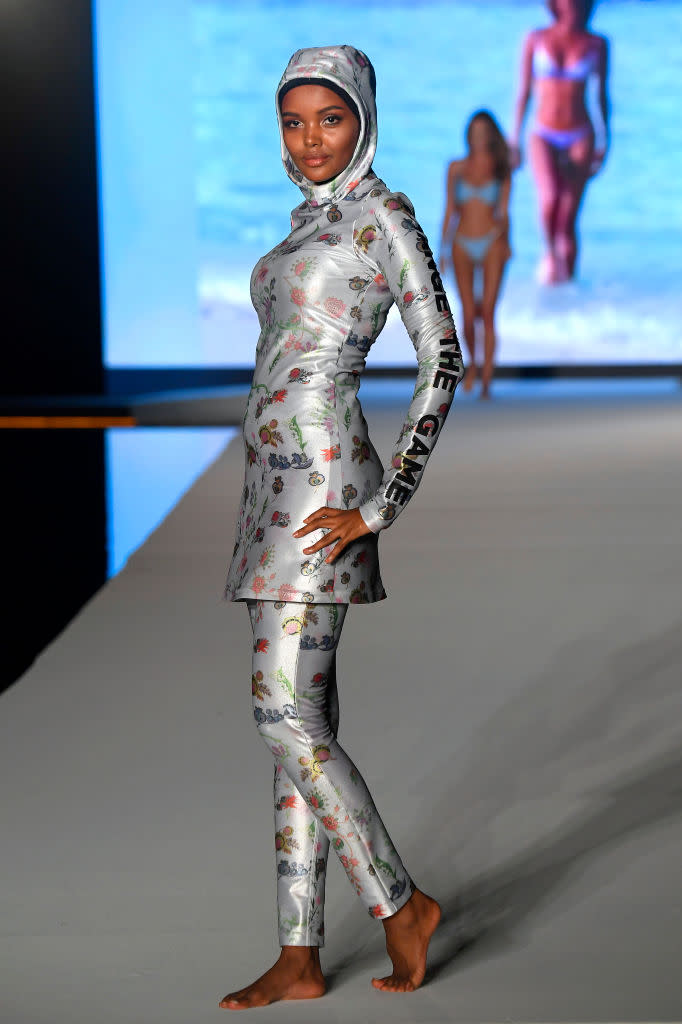
Over the years, other brands have embraced the silhouette, including Marks & Spencer, Lyra Swimwear, Speedo and Splashgear.
The burkinis have also been adopted by cancer survivors and others who are at high risk of skin cancer. According to Zanetti, 60 percent of her clients are Muslim women.
With a global population of 1.6 billion, Muslim consumers are one of the fastest-growing segments in fashion. According to the DinarStandard State of Global Islamic Economy Report 2022, Muslims’ spending power is expected to reach 375 billion dollars by 2025.
Best of WWD

